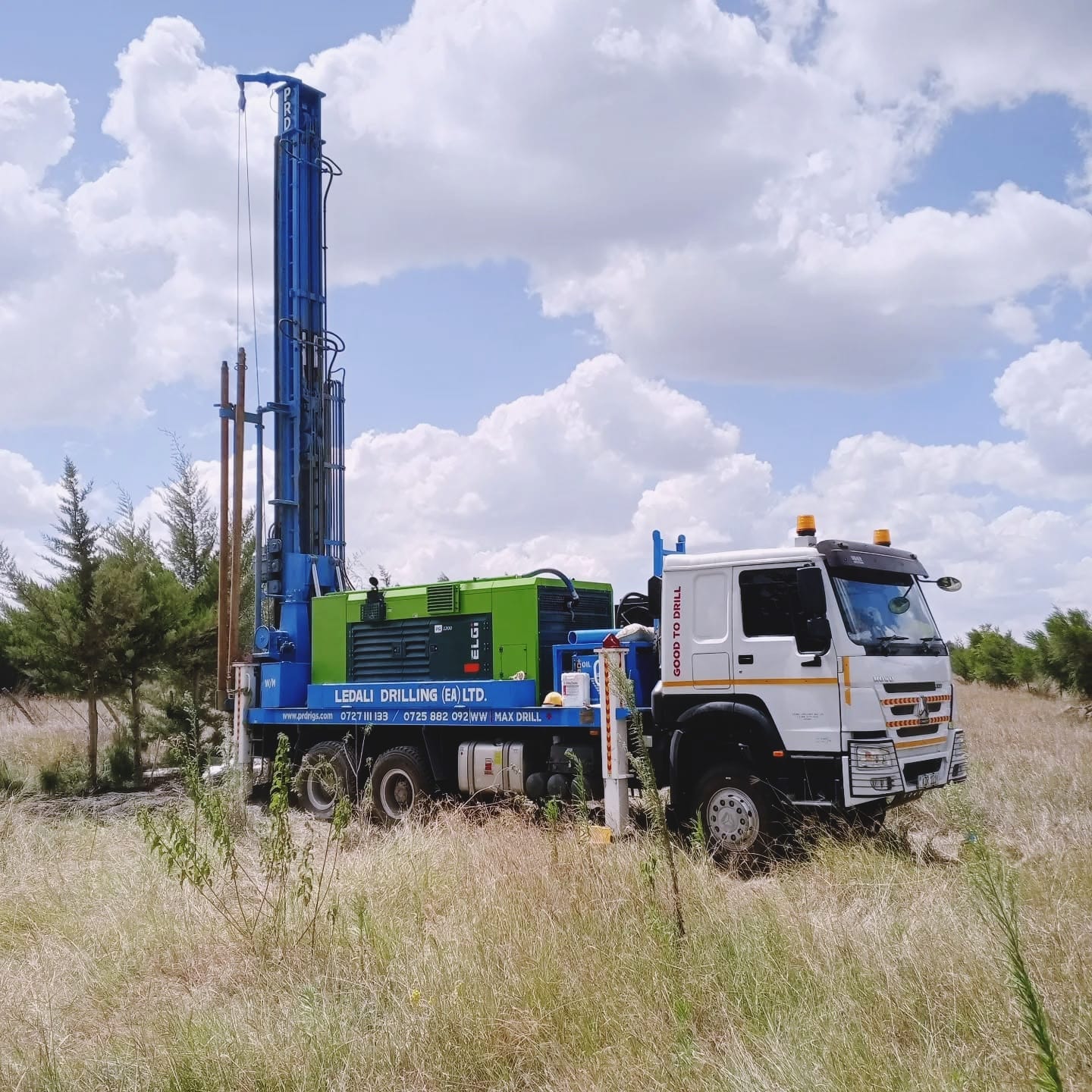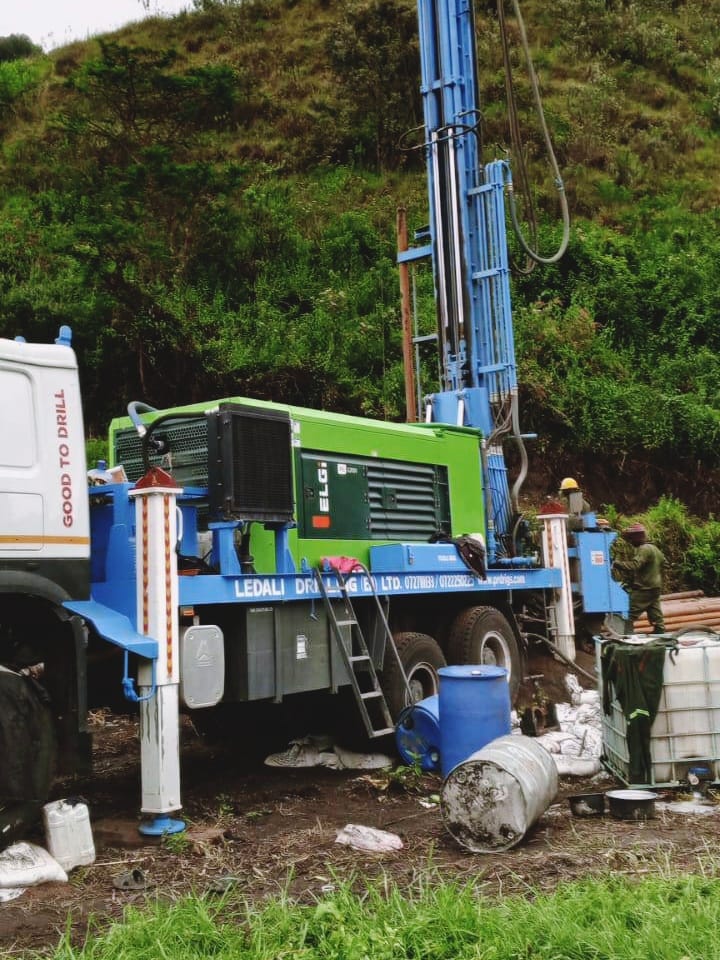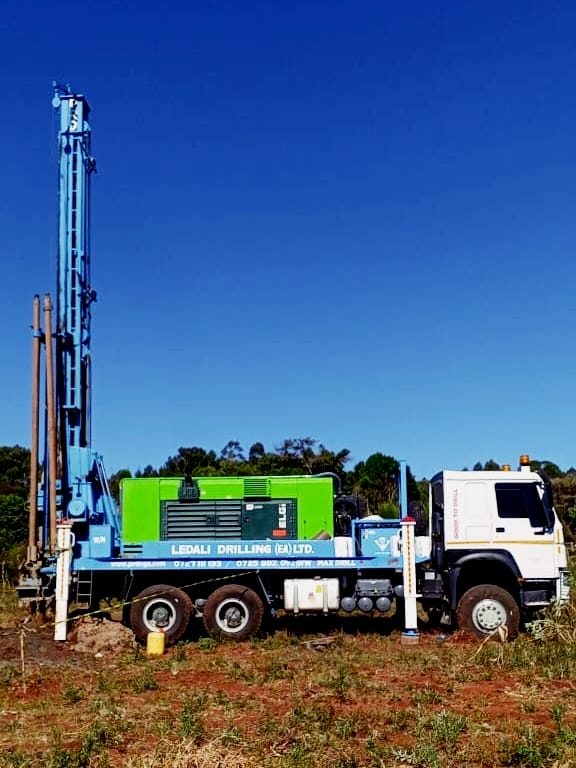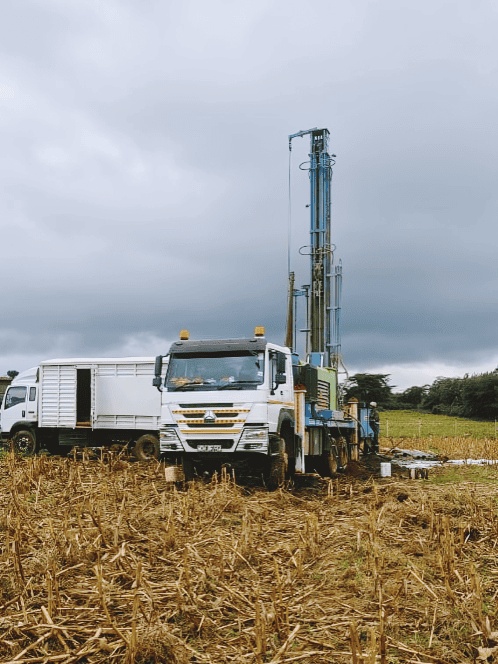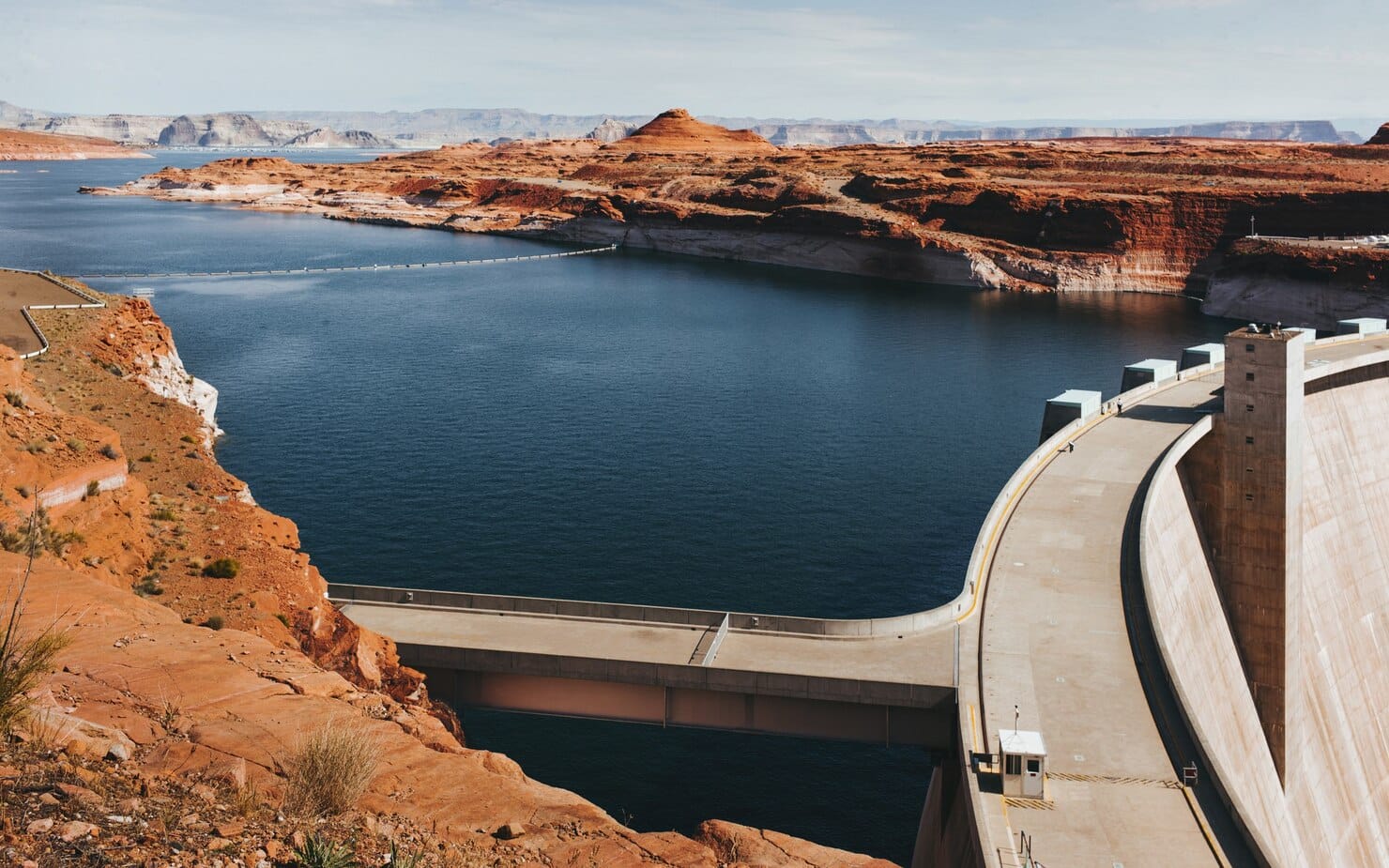
Harnessing Nature: The Role of Sand and Earth Dams in Sustainable Water Management
In many parts of Kenya, communities face the challenge of inconsistent rainfall and unreliable access to clean water. For decades, boreholes have been the go-to solution — but they are only part of the answer. Increasingly, sand and earth dams are emerging as vital tools for water storage, conservation, and climate resilience.
At Ledali Drilling Ltd., we specialize in the design and construction of both sand and earth dams, helping farmers, institutions, and communities harvest and preserve rainwater effectively throughout the year.
What Are Sand and Earth Dams?
Sand Dams
A sand dam is a reinforced wall built across a seasonal river or stream. During the rainy season, water flows downstream carrying sand and silt. The heavier sand settles behind the dam while lighter silt and clay wash away. Over time, the sand accumulates, storing millions of liters of water between its grains.
This naturally filtered water remains cool, clean, and protected from evaporation, making it available for months after the rains have stopped. Sand dams are simple yet incredibly effective — a true testament to nature-based engineering.
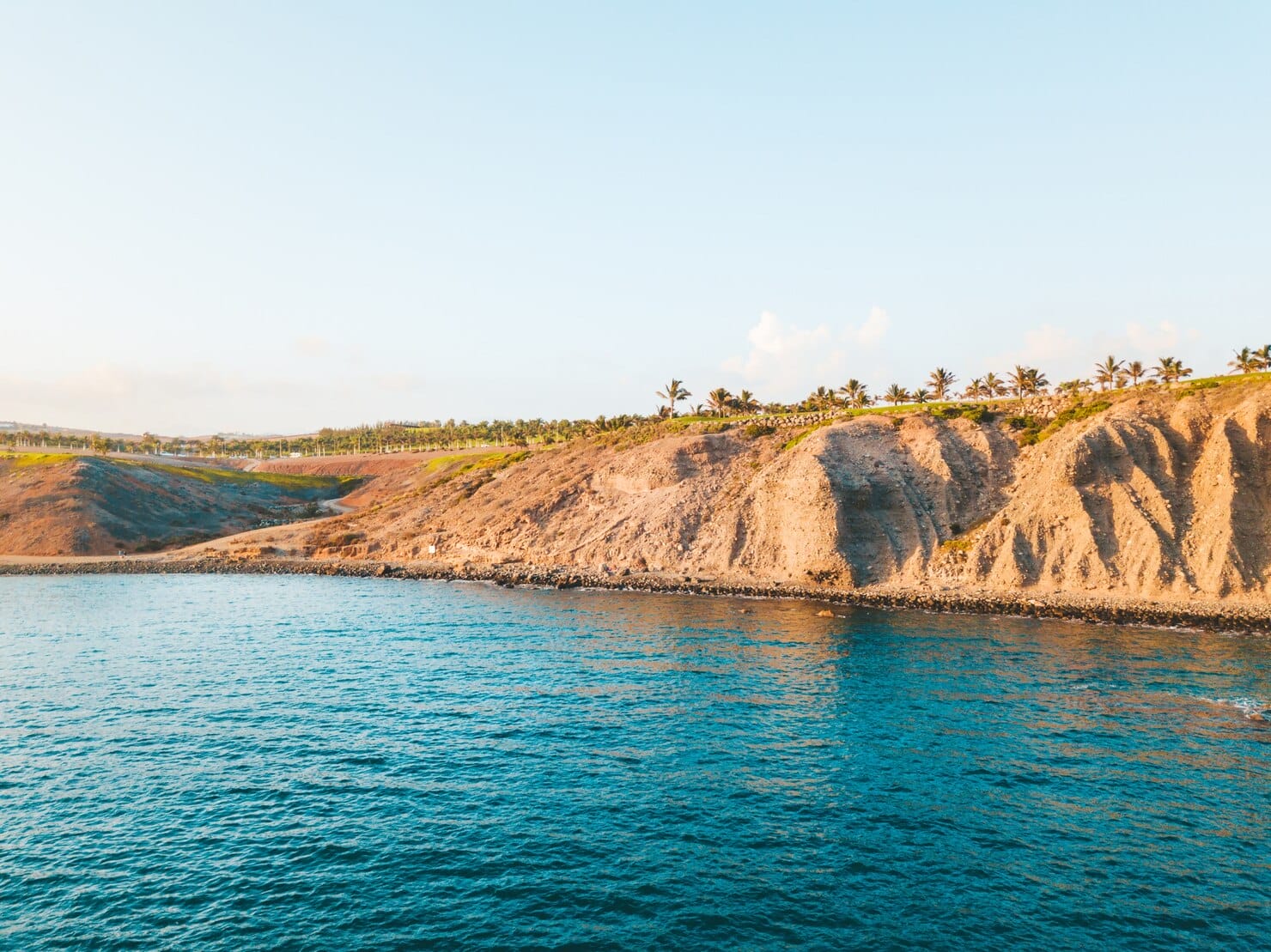
Earth Dams
An earth dam (also known as an earthen embankment dam) is constructed using compacted layers of soil, clay, and gravel to create a barrier that holds back surface runoff. These dams form small reservoirs or ponds ideal for irrigation, livestock watering, aquaculture, and even domestic use when properly treated.
Earth dams can hold much larger volumes than sand dams and are particularly effective in flat or gently sloping terrain where river flow is limited.
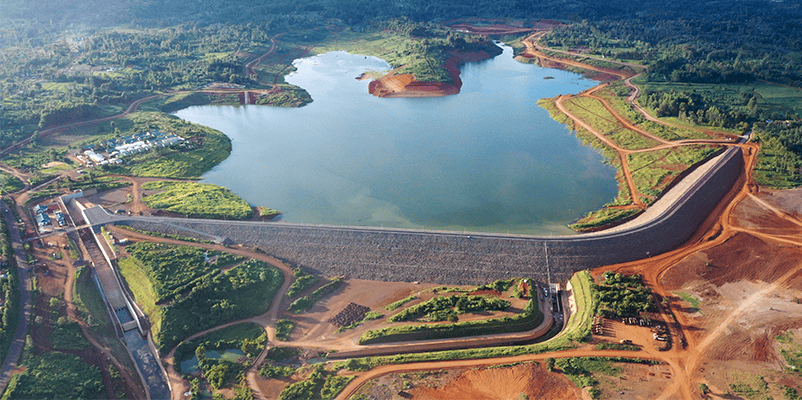
Why Sand and Earth Dams Matter
Kenya’s growing population and increasing climate variability have put immense pressure on water resources. Sand and earth dams provide a cost-effective, eco-friendly, and scalable solution for capturing rainfall and sustaining communities.
Here’s why they’re essential:
-
Water Security: They ensure year-round access to water even in arid and semi-arid areas.
-
Sustainability: Both systems rely on natural processes — no chemicals, minimal maintenance, and zero fuel costs.
-
Reduced Evaporation: Unlike open reservoirs, sand dams keep water stored below the surface, protecting it from the sun.
-
Improved Livelihoods: Reliable water boosts crop yields, supports livestock, and enhances food security.
-
Environmental Protection: By slowing runoff, dams help reduce soil erosion and recharge groundwater aquifers.
Our Approach at Ledali Drilling Ltd.
Every dam construction project begins with a detailed site assessment. Our team of hydro-geologists and civil engineers conducts feasibility studies to determine the best location, soil composition, and capacity design.
1. Site Selection and Surveying
We identify seasonal rivers, catchment areas, or natural depressions suitable for dam construction, evaluating soil stability, water flow, and catchment size.
2. Design and Engineering
Our designs balance capacity, safety, and sustainability. We ensure that spillways, embankments, and drainage structures are built to withstand heavy rains and floods.
3. Construction
Using modern machinery and experienced field teams, we manage excavation, compaction, and structural reinforcement to international engineering standards.
4. Finishing and Community Training
Upon completion, we guide local users on maintenance practices—including desilting, vegetation management, and erosion control—to ensure long-term functionality.
Success Stories
Across several Kenyan counties, Ledali Drilling Ltd. has implemented sand and earth dams that have transformed communities. From Machakos and Makueni to Baringo and Kitui, families now enjoy reliable water access, greener farms, and reduced dependency on seasonal rains.
These projects not only improve livelihoods but also strengthen local ecosystems by restoring groundwater and reducing erosion.

